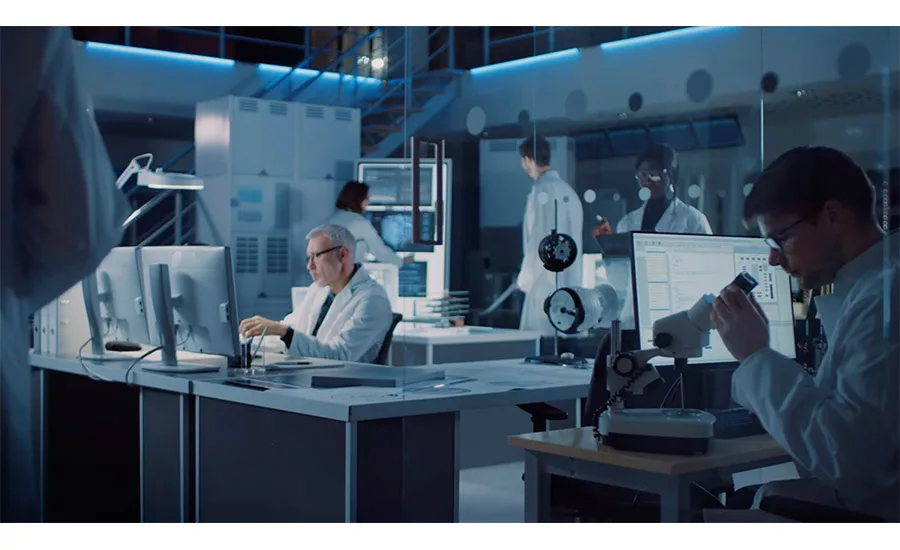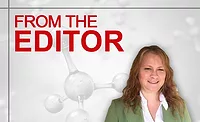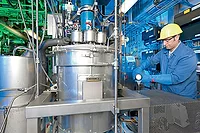Focusing on Research and Development in the Adhesives and Sealants Industry
Though the events of the past two years have posed significant potential roadblocks to research and development efforts, companies in the adhesives and sealants industry are still focused on innovation.

What end-use sectors are most prompting your development efforts?
Thomas Lys, Director of Technical Services Construction, Omya, Inc.: Growing world population, changing demographics, climate change, and the increasing influence of regulatory bodies are some of the megatrends that drive our development efforts in order to answer needs of our customers. For adhesives and sealants applications, we see opportunities around lightweighting, thermal properties improvements, and also in reducing carbon footprint of materials by offering sustainable products that allow customers to avoid energy-intensive process steps and save energy. We are also focusing on e-mobility by offering new raw materials that answer the technical needs for thermally conductive adhesives.
Vinita Sharma, Vice President, Product Management & Development, Berry Global: Berry Global is a company that provides products to many markets, serving customers large and small. Markets in which we are seeing the most growth and prompting our development efforts for pressure-sensitive tapes and adhesives specifically are medical protective equipment, building and construction, and transportation. We are seeing more ubiquitous use of medical protective wear as well as technology advancements in long-term wearable medical devices.
In building and construction, we are seeing a shift in living preferences sparked by the pandemic, creating a boom in single- and multi-family construction. In transportation, there is a lot of innovation happening in electric vehicle design and a push for better fuel economy. Berry Global has an advantage working in the diversity of markets we serve; while we might see a decline in demand in some areas, it may be offset in other areas.
Michael Todd, Global Head of Innovation, Henkel Adhesive Technologies: Sustainability is without a doubt the overarching theme that sparks innovation across all end-use sectors around the globe. The digitalization has changed the way we work, but solutions tackling climate change and contributing to a lower environmental footprint have become key to drive value for our customers and society. The opportunities for innovation are endless here. This for example includes new solutions for sustainable mobility such as electric cars, replacing plastics in packaging to improve the recyclability and to drive a circular economy, or debonding solutions to enable the repair of consumer goods and appliances for expanded lifecycles. In all these areas, adhesives play a key role to further drive sustainable solutions contributing to lower CO2 emissions, reducing waste, and enhancing health and safety for consumers and for heavy industrial sectors.
In addition, the amount of recycled and bio-based content becomes more important in our material play. These kinds of materials have not existed five years go. With today’s opportunities, we are redesigning our portfolio to implement a higher multitude of bio-renewable materials. For example, we have launched the first bio-based structural adhesive for consumer electronics applications last year. The hot melt consists of up to 60% renewable contents and at the same time offers enhanced properties for the debonding of smartphones.
Today, we are without a doubt living in a transformative era towards a greener world. At Henkel, we are convinced that adhesives are and will be an integral part of the solutions across a broad variety of applications. We are highly committed to collaborate with our customers, partners, and suppliers to make all these innovations happen that will significantly help reducing our footprints and enabling circularity.
For more information, visit www.berryglobal.com, www.henkel.com, and www.omya.com.
Note: Opening image from GettyImages-1135993583.mp4, by gorodenkoff via Creatas Video+/Getty Images Plus.
Looking for a reprint of this article?
From high-res PDFs to custom plaques, order your copy today!









